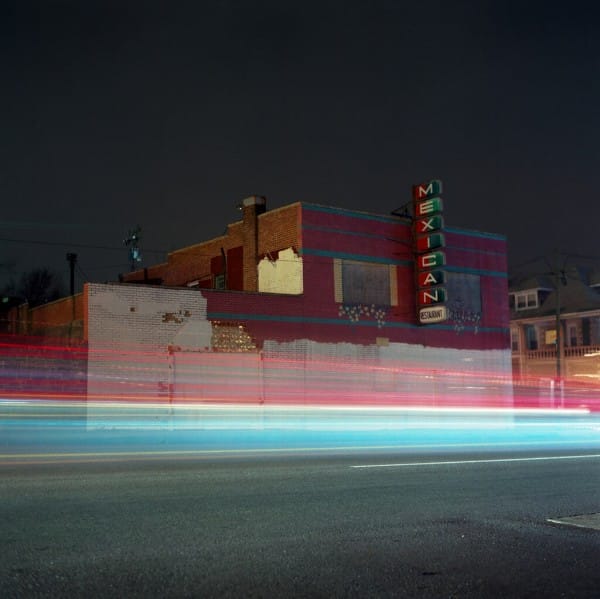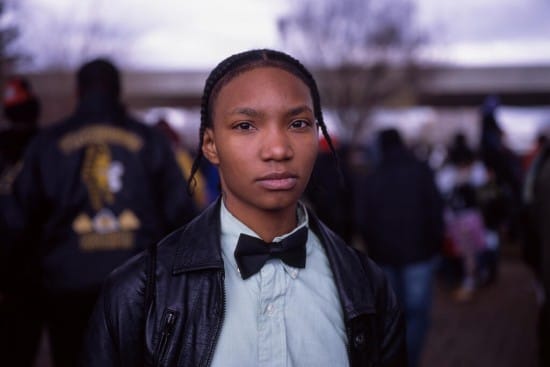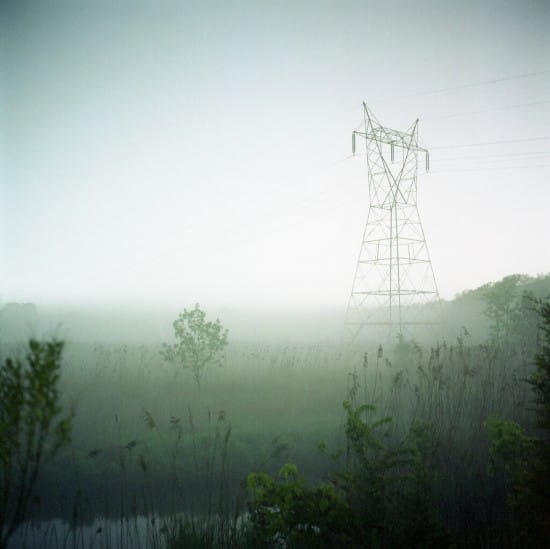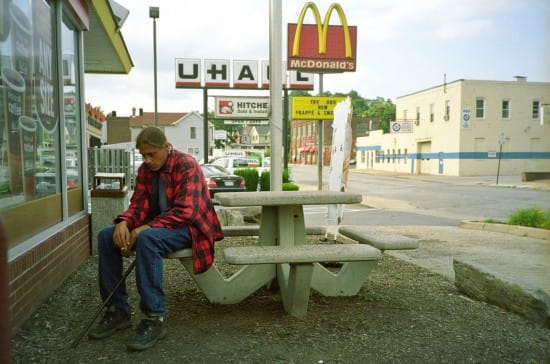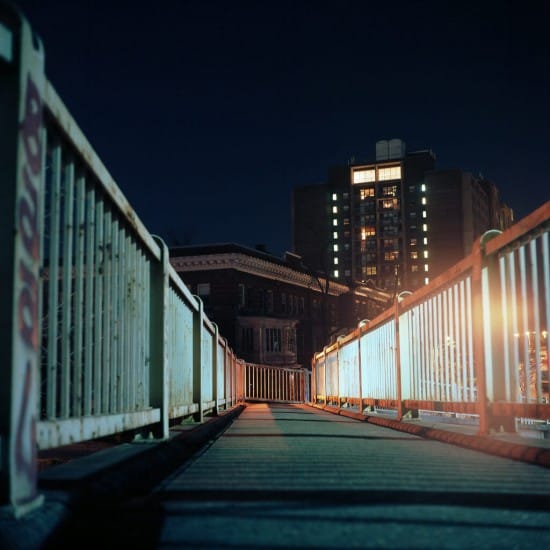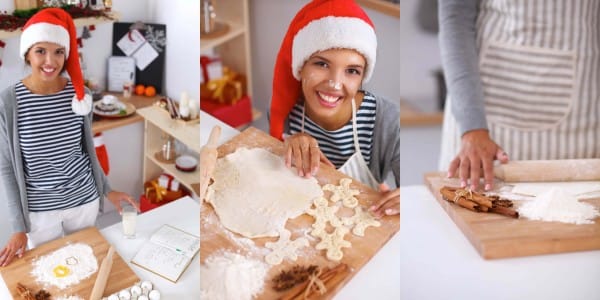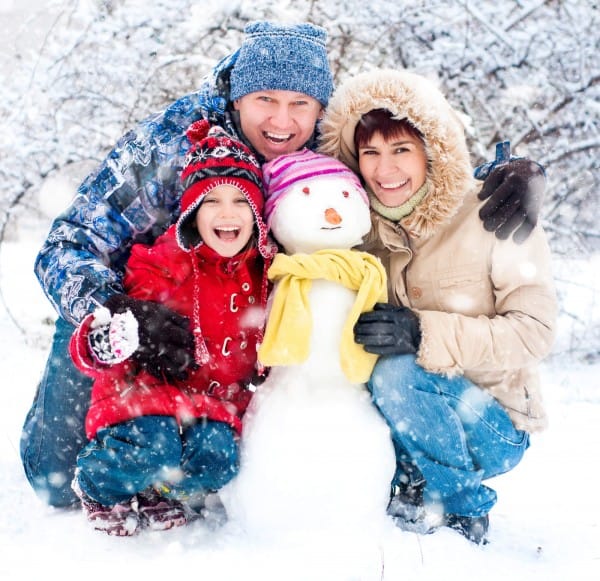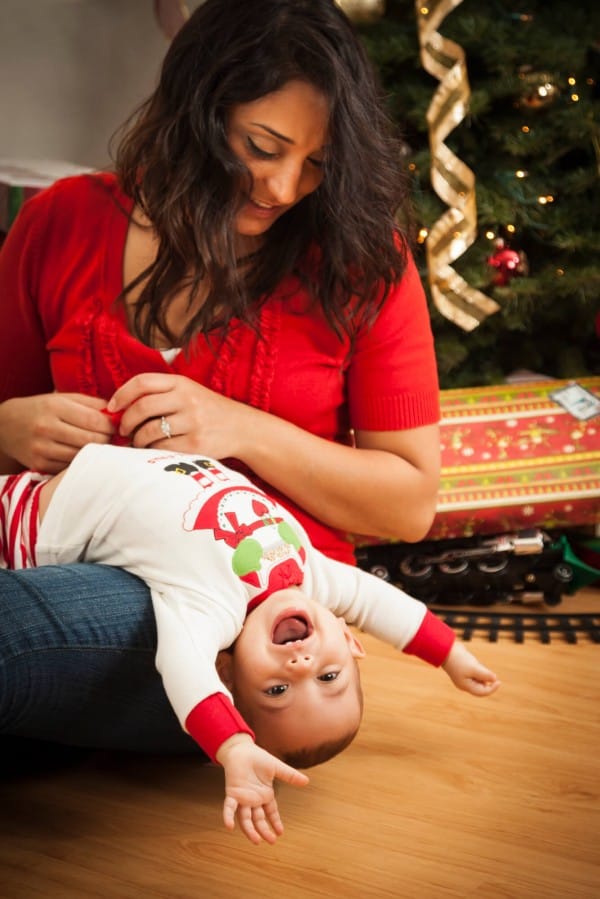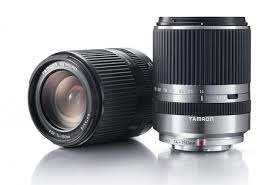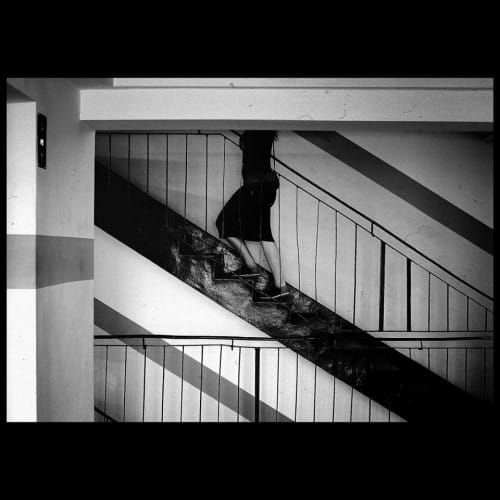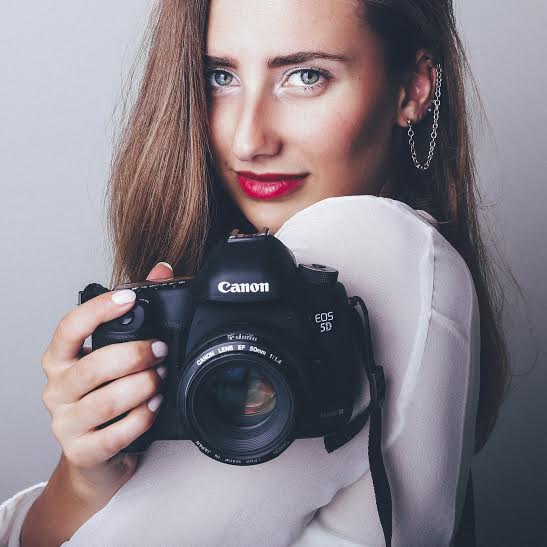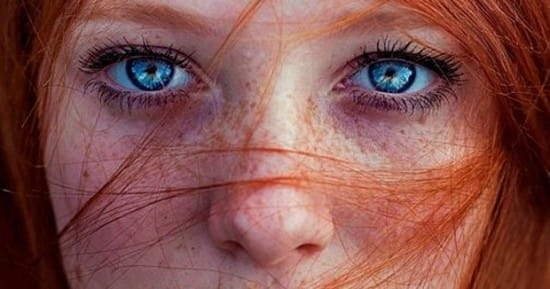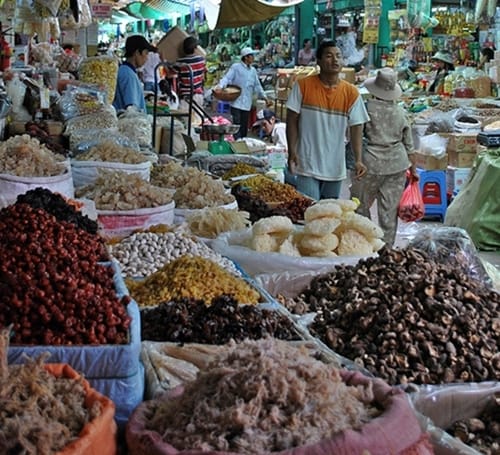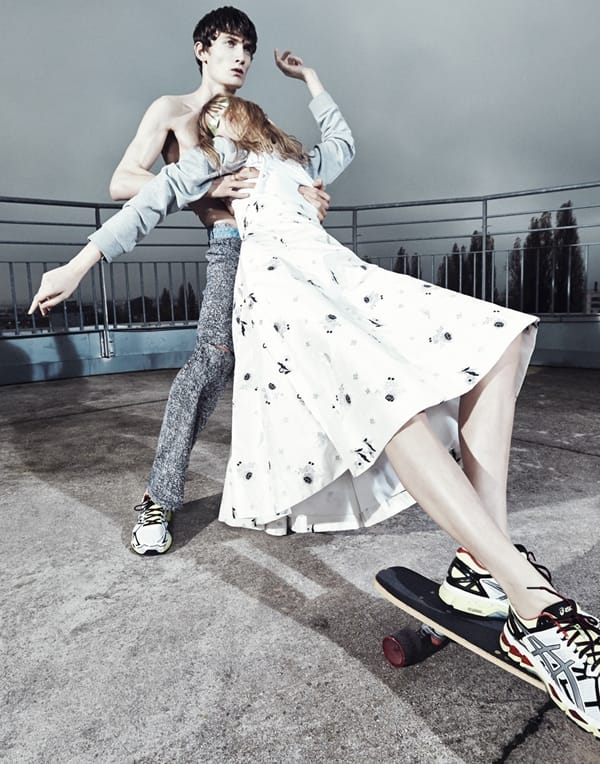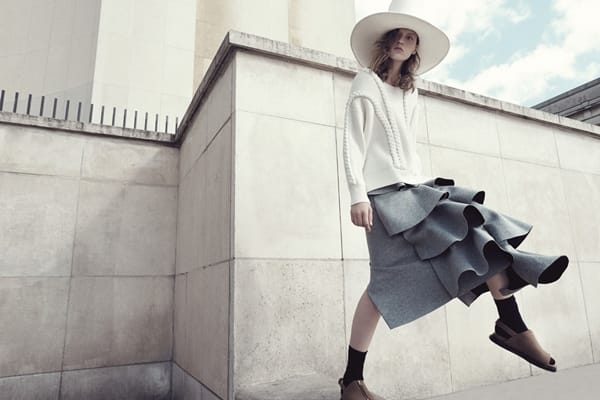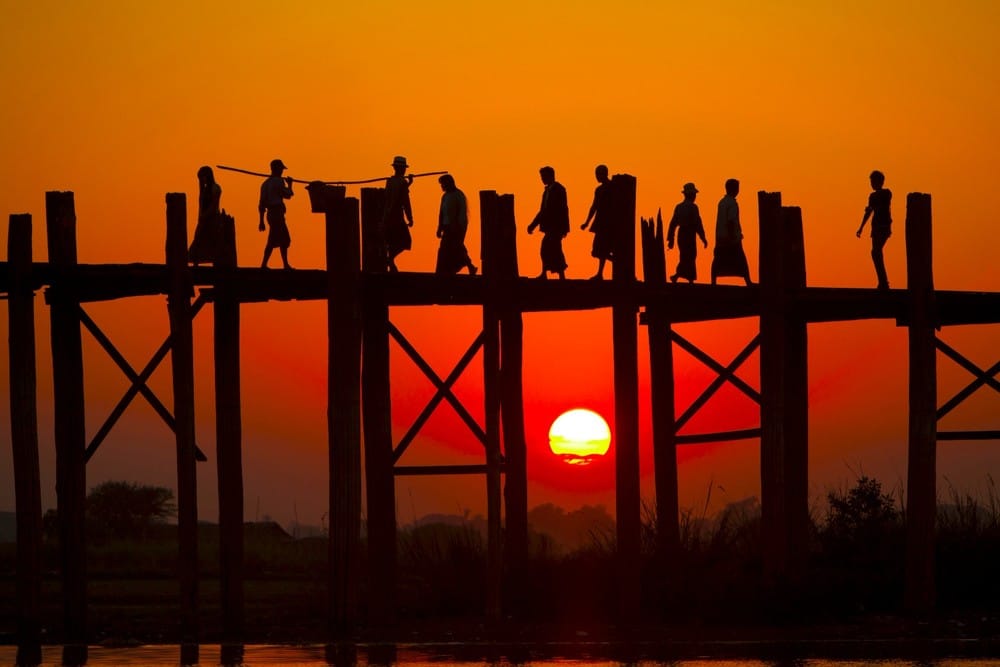We all love the holiday season. This is such a great opportunity to capture everyone’s joy and our kids’ sparkling smiles on camera. Whether there is or not a perfect Christmas family photo “recipe”, make sure you don’t miss out the following ideas for amazing holiday family portraits.
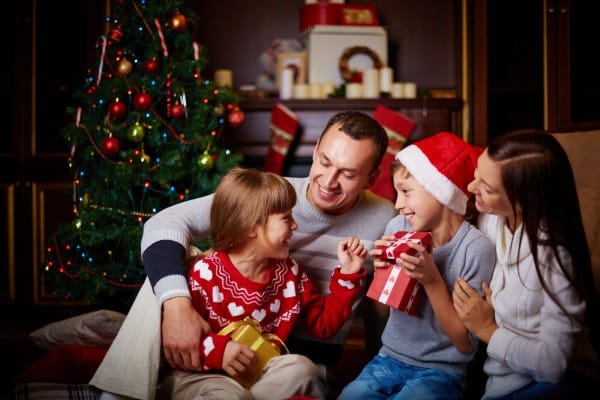
Joyful Christmas Family Photo
Christmas Family Photo Ideas
Capturing the perfect family photo involves a mix of factors we cannot always control. Whether it is the weather or your kids’ mood, unexpected thinks may come up. Do not let them destroy your enthusiasm. Get ready for anything and be creative
A perfect photo starts with smart planning.
#1. Choose a location and a time for your shots.
- Take both indoor and outdoor photographs. Regardless of the location you choose, make sure the place is not crowdy or cluttered.
- The time of the photo shooting is important. Schedule it during the Golden Hour (early in the morning or during sunset) to add extra magic to your shots.
- Check the weather forecast as to avoid rainy or heavy snowy days. Natural, consistent light is essential. If it gets cloudy, though, don’t worry. A darker sky can add a dramatic effect to your shots. Get creative and enjoy shooting no matter what.
#2. Decide who the photographer will be.
- Wil you hire a photographer or ask a friend to help you? A pro knows exactly what to do and will help you speed up the process.
- You can use a tripod and the self-timer option on your camera.
- You can also take amazing shots using your smartphone. We’ve got a few smartphone photography tips for you. Use a tripod (we bet you want more than a Christmas selfie) and some of the editing apps we recommend to improve exposure and add effects.
#3. Get ready for the photo shoot.
- Choose holiday clothing and Christmasy props. Maybe you have selected a color theme for your Christmas party or you have bought an outfit you want to wear. Our tip is to keep it as simple as possible for your indoor photos. Choose neutral colors and avoid patterns that catch the eye, especially if you want to pose in front of the Christmas tree or at the Christmas table.
- Either you wear cute, fluffy winter clothing or you capture steaming tea or cocoa cups around you, keep everyone warm and with a smile on their face.
- Make a list of favorite poses. We have got a few ideas for you below.
- If you plan an outdoor photo shooting, don’t forget to pack some snacks and drinks to keep you energized.
Dreaming of a White Christmas
One of the family Christmas photo ideas not to miss is, of course, the classic outdoor shot in the snow. Here are a few tips to remember for an unforgettable “winter wonderland” image:
- Go out and shoot during the snowfall.
- Since you’ve got a white landscape, you can choose bright but strong colors to contrast the background.
- Dress in blue, red, yellow or green for a more powerful effect or add color with cute knitted accessories.
- Take your family pets with you. They can make things more complicated but also add more fun to the scene.

Winter Holiday Family Photo
The Perfect Holiday Family Portrait
Now you’ve got the opportunity to capture the whole family celebrating this wonderful time of the year. Whether it is during the Christmas preparations or during the opening gifts morning, get a picture that includes all the members of your family.
Pro tip: try to focus on everyone’s eyes. There’s where the spark of joy is.
We have seen a lot of family photos gone wrong. The secret is not to overthink the whole process, to enjoy the moment and act naturally.
Your go-to poses:
- holding hands;
- group hug – these can be welcoming hugs as well;
- smiling at each other during the big feast.
Candid Holiday Photography Fun
No Christmas photo album is complete without candid, funny photographs. In addition to classic poses and professional portraits, those unplanned shots will make you smile.
Candid arrangements may sound counter-intuitive, but when you have little kids, you want to keep them engaged and “ready” for funny family photos. Toddler pictures are the most challenging, but the results can be fantastic.
Pro tip: take as many shots as you can and try to capture the family fun from different angles.

Fun Family Time in the Snow
Candid photography tips: you can add a dynamic effect to your family photos by considering the following actions and key moments:
- Take a photo of the kids while opening their presents.
- Shoot the holiday preparations in the kitchen. Baking may be messy, but it makes for spontaneous pictures.
- Hold hands while walking towards the camera.
- Children whispering in their parent’s ear.
- Make jokes and provoke laughter.
- Take photos while playing outside, making angels in the snow.
The Iconic Christmas Family Photo
Want to take a guess here? Of course, we shall refer to the family portrait in front of the beautifully lit and decorated Christmas tree. This is your best chance to capture that magical atmosphere.
- Take the photo is soft, evening lighting and with the Christmas lights on.
- Adjust your camera for low light conditions. Set a wide aperture so that the background remains out of focus.
- If you have a DSLR and additional equipment, use a macro lens to achieve a nice bokeh effect.
Just the Little Ones
The holiday season is not just a time for feasting. It is the time for enjoying the company of your loved ones. The little ones, of course, are the protagonists of your Christmas celebration story. Don’t miss out the opportunity to capture those heartfelt moments when they play in the snow or keep warm by the fire.
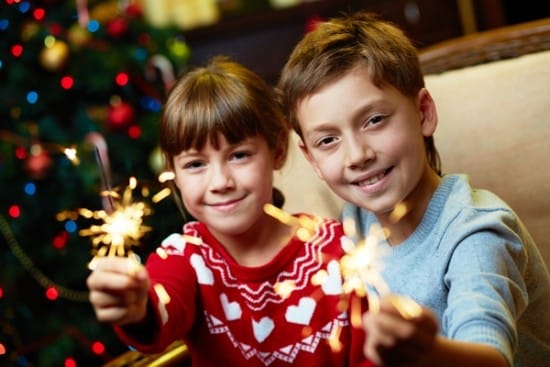
Portrait of Happy Siblings on Christmas evening
Pro tip: Take a photo with your kids (or the little ones in your family) every year during Christmas. After the kids are grown you can create a personalized Christmas photo album for them as a gift. This can also be the perfect gift for their grandparents.
Take photos of the kids:
- decorating the Christmas tree.
- baking Christmas cookies.
- playing with their sleds in the snow.
- opening gifts in the Christmas morning.
Finally, why not turn your favorite Christmas family photo into a unique card and send it to your close ones? Or have all these pictures printed out and have them framed? For more tips and ideas on how to capture the holiday magic, take a look at our complete Christmas photography guide. Enjoy!
Do you have further ideas and suggestions to share with us? Feel free to leave a message in the comment section below. Thank you & happy holidays!

